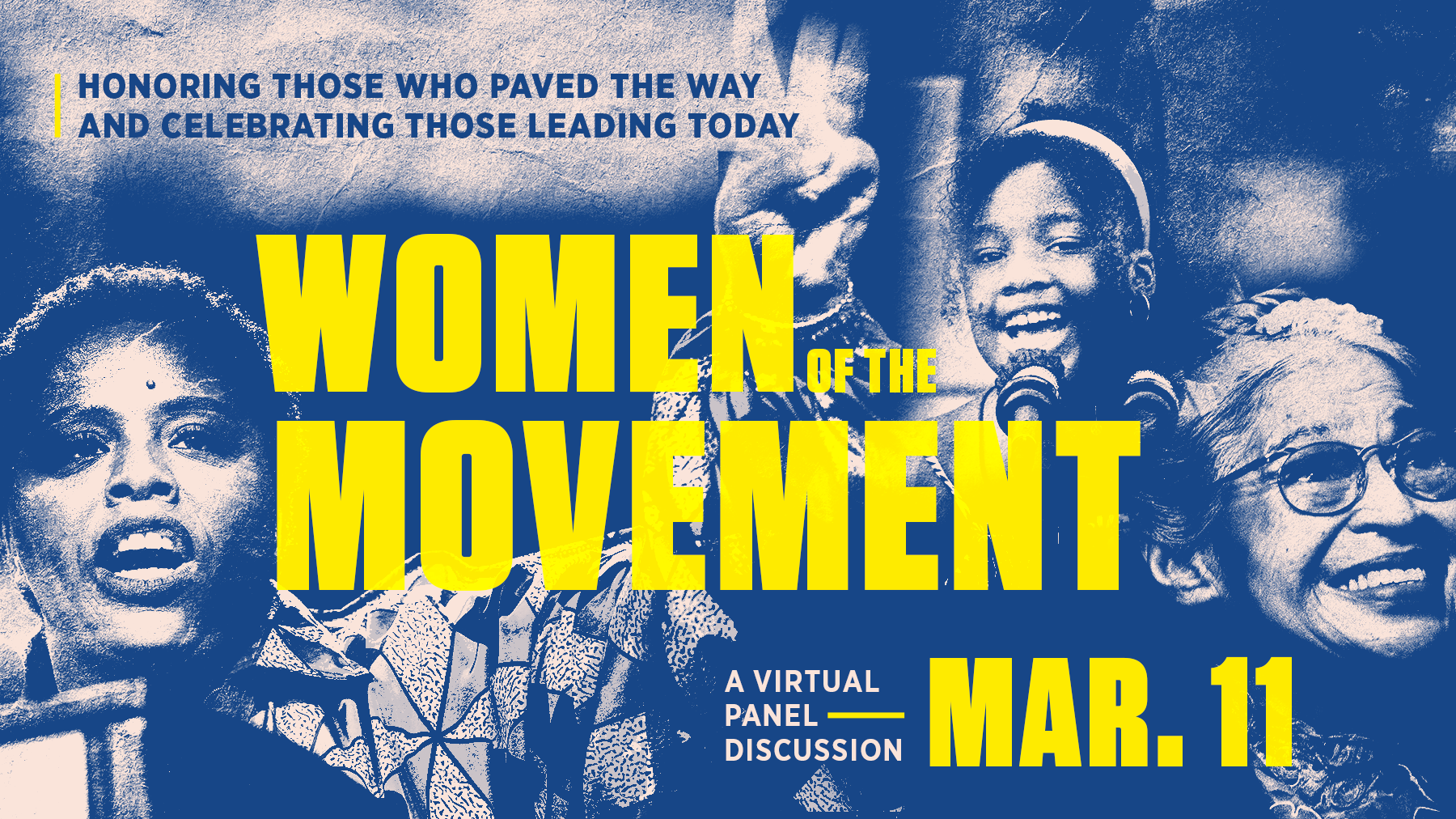She knew the Birmingham police officer was at the back of the room. He always was when the Alabama Christian Movement for Human Rights held its meetings in the 1950s, during an era when Black people in Birmingham were fighting for their lives.
But Lucinda Thelma Brown Robey – one of the founders of this movement formed after Alabama outlawed the NAACP from operating in the state – wasn’t afraid of the policemen who at the behest of city public safety commissioner and ardent segregationist Eugene “Bull” Connor, made themselves a presence at the meetings.
When Robey got up to speak, she would say her name loud and clear. And she added an extra middle name for good measure. “Lucinda Thelma ‘Black’ Brown Robey,” she would intone slowly, according to Dr. Tara White, a history professor who has dedicated her professional life to telling the stories of the women of the civil rights movement.
“‘Black, because I am a Black woman,’ she would say,” White reports. “It’s right there in the police records of the time. She was fearless. Fearless. ‘Make sure,’ she would say, ‘you have it spelled right in the report.’”
The stories of women like Robey are the subject of a virtual panel discussion being hosted March 11 by the Southern Poverty Law Center’s Civil Rights Memorial Center (CRMC), an interpretive center operated by the SPLC that includes interactive exhibits about civil rights martyrs.
Part of the celebration of Women’s History Month, the virtual event is designed to explore the stories of Black women who led, took action, inspired others and advocated for a better present and future for all generations of Americans.
White, along with Brenda Tindal, director of education and engagement at the International African American Museum (IAAM) opening in 2022 in Charleston, South Carolina, will be the guests at the discussion, which is available for free to anyone who registers at this link.
Backbone of the movement
White combs through archives to bring the stories of women like Robey to life. She and others who are increasingly centering their research on women find them in aging photos, often small figures in the background, standing behind men or to the side, eyes cast down under carefully pinned hats. Or they are tired women quietly sitting in the front of the bus, mothers cradling their children, wives to the civil rights leaders whose faces we all know.
But the photos do not tell the story. As the place of women in history is increasingly the focus of serious inquiry, the women of the civil rights movement are leaping out of those old images and into the public consciousness as the leaders they really were and the backbone of the movement their daughters have long known them to be.
They are not just the rash, bold speakers like Robey. They are the women who were beaten, the church women who were on the ground, getting out word in their communities, actually doing the hard, thankless work of organizing. They serve as inspiration for the women of today, who give out water, food and folding chairs to people waiting in line for hours to vote, and who go door to door convincing people to exercise their right to vote.
Their work is coherent and documented. It just has been overlooked.
Talk to White and the names of these women roll easily off her tongue. Like that of Lola Hendricks, an insurance broker for T.H. Alexander insurance company in Birmingham. As the volunteer corresponding secretary for the Christian Movement for Human Rights from 1956 to 1963, Hendricks stood up to city leaders to get parade permits, helped document church bombings, and along with her husband signed on as party to two lawsuits that led to the desegregation of the Birmingham Public Library and city parks.
Hendricks also served as a liaison between the leaders of the Southern Christian Leadership Conference and local community members in Birmingham for SCLC events in 1963. Later, she played a critical role in the success of the Birmingham Civil Rights Institute’s Oral History Project, directed by Dr. Horace Huntley.
“Part of my goal is to give them their due,” White said of women like Robey and Hendricks. “They risked their lives. They put themselves and their children on the line. They were just as brave and just as charismatic and just as incredible as the men who were there. And I think it’s important for their contributions to be known. It is my desire that those women get the due recognition that they deserve.”
‘Celebrating the women’
The panel discussion is part of a new focus by the CRMC on women’s stories, said Tafeni English, director of the center. Her selection of White and Tindal to take part was intended to elevate people, especially women, with ties to the South and to the states the SPLC serves.
“I don’t think that we do enough to shift the narrative so that people really understand the role of women in the movement, and pair it with the leadership of women in the areas of voting rights and social justice that we’re seeing today,” English said.
According to English, the work of Black sororities today, organizations like Delta Sigma Theta and Alpha Kappa Alpha – and of course of women like Stacey Abrams of Fair Fight and the women leaders across the South who work for her – follow directly in the footsteps of the women of the civil rights movement. They are educating voters with policy forums, taking the lead in grassroots organizing and getting out the vote.
“The individual stories of the ways the women of the civil rights era did their work is a way to inspire progress,” English said. “It’s working. Today men are doing this work alongside women, and they are celebrating the women they are working with in ways that we haven’t before.”
Photo illustration by SPLC



